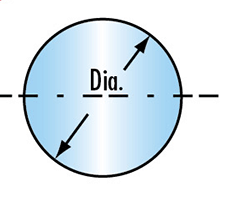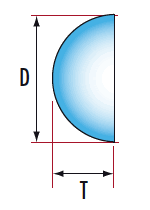Near-electricity alarm devices, such as the electric safety helmet, play a crucial role in ensuring worker safety when working near electrical sources. These helmets are designed not only for general insulation protection but also to provide early warnings of proximity to live electricity, especially below 400 volts. For voltages exceeding 400 volts, they offer additional alerts based on distance from the power source. According to national standards, T4 class safety helmets cannot fully protect against voltages above 400 volts. High-voltage systems, such as those above 1 kV, pose serious risks like electric discharges without direct contact. This is why the "near-electricity" alarm helmet was developed, offering a critical "close alarm" function to warn workers before reaching dangerous zones.
The main function of an electrician's safety helmet with a near-electricity alarm is its ability to detect and alert users when they are entering a potentially hazardous voltage range. Before using the device, the voltage selection switch should be set to the appropriate level. Then, by pressing the self-test button, the helmet will emit a sound or voice alert, confirming it is functioning correctly. The device can be used across a wide range, from 220 V up to 500 kV. When worn, it automatically triggers an alarm if the user enters a predefined voltage zone, either through a continuous beep or a voice warning, reminding the wearer to stay away from live electrical equipment to prevent electric shocks.
For general electric alarms (electric safety helmets), the detection ranges vary depending on the voltage level. For example: (1) 200–380 V overhead power lines, the alarm activates at a distance of 0.4–0.6 meters; (2) 10 kV overhead power lines, the alarm triggers at 0.8–1.0 meters; and (3) 35 kV overhead power lines, the warning range extends to 1.8–2.0 meters. These distances are carefully calibrated to ensure that workers are alerted well before they come into close contact with high-voltage sources.
This article is a reprint from online media. It reflects the author's personal views and does not necessarily represent the opinions of this website. If any content or comments infringe on your legal rights, please contact us, and we will address the issue promptly.
N-BK7 Ball Lenses are glass spheres commonly used in fiber optic applications, ball lenses are ideal for focusing light into optical fibers, or for fiber coupling. Fused Silica features high transmission from 200nm to 2.2μm with a low coefficient of thermal expansion, making it ideal for the most demanding ball lens applications in the ultraviolet, visible, and near infrared spectra.Â
Ball lenses are commonly used for improving signal coupling between fibers, emitters, and detectors, as well as objective lenses in endoscopy and bar-code scanning applications. Half-ball lenses simplify handling and integration.
 Â Â Â Â Â Â Â Â Â
         
      Ball Lens                     Half-Ball Lens
Â
Specification of our ball lens:
*Material:BK7 or other optical glasses,optical crystal materials
*Diameter:1mm - 40mm Â
*Dimension Tolerance:+/-0.005mm Â
*Surface Quality:40-20Â Â
*Sphericity:0.005mm
*Coating:optional
Schott Bk7 Ball Lens,Bk7 Ball Lenses,Schott N-Bk7 Glass Ball Lens,Schott Bk7 Half Ball Lens
China Star Optics Technology Co.,Ltd. , https://www.csoptlens.com
![<?echo $_SERVER['SERVER_NAME'];?>](/template/twentyseventeen/skin/images/header.jpg)